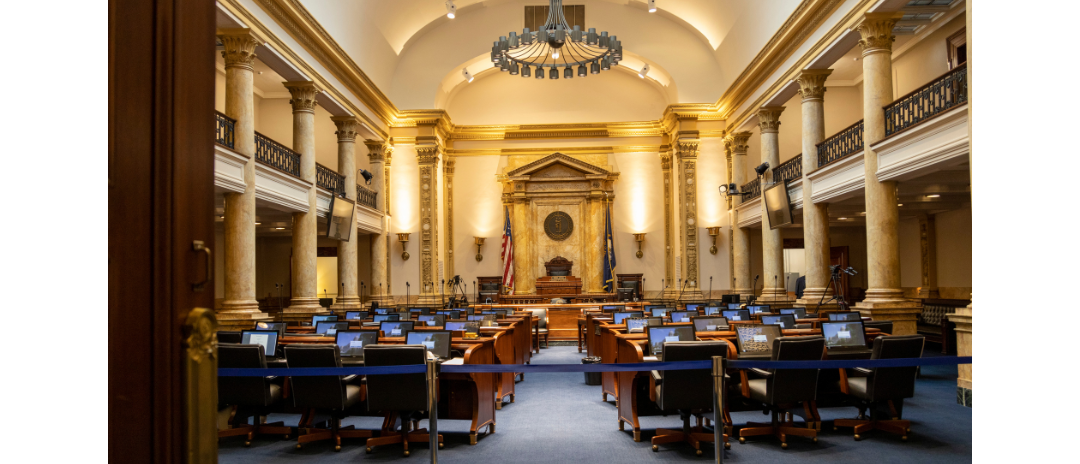Now that COVID-19 government assistance has ended, bankruptcy cases are on the rise. The COVID-19 pandemic has wreaked havoc on the global economy, with businesses and individuals experiencing significant financial losses. Governments worldwide implemented pandemic aid programs to support struggling businesses and individuals, but as these programs come to an end, bankruptcies are on the rise.
One of the primary reasons for the increase in bankruptcies is the end of government aid programs. In the United States, the Paycheck Protection Program (PPP) provided forgivable loans to small businesses to cover expenses such as payroll, rent, and utilities. As of June 2021, the PPP program had provided over $780 billion in loans to more than 11 million businesses, according to the Small Business Administration. However, the program’s expiration has left many small businesses struggling to make ends meet, leading to an increase in bankruptcy filings.
Additionally, many individuals who received unemployment benefits during the pandemic are no longer eligible for these benefits. In the United States, the Pandemic Unemployment Assistance (PUA) program provided benefits to self-employed individuals, independent contractors, and gig workers who were not eligible for traditional unemployment benefits. However, as the program came to an end, many individuals lost this critical source of income, contributing to a rise in bankruptcy filings.
Another factor contributing to the increase in bankruptcies is the pandemic’s impact on consumer behavior. The pandemic has significantly altered consumer behavior, with many people relying on online shopping and delivery services. This shift in consumer behavior has led to an increase in bankruptcies among brick-and-mortar retailers, as they struggle to compete with online retailers.
Furthermore, the pandemic has caused significant disruptions in supply chains, leading to increased costs for businesses. The rise in costs has made it challenging for many companies to stay afloat, leading to an increase in bankruptcy filings.
In conclusion, the end of pandemic aid programs, changes in consumer behavior, and disruptions in supply chains have all contributed to the increase in bankruptcies. While governments worldwide have implemented programs to support struggling businesses and individuals, the long-term impact of the pandemic on the global economy remains uncertain. As we move forward, it will be essential to continue monitoring the economic impact of the pandemic and implementing policies to support those most affected.
If you have been affected by a loss of income or government benefits, and are considering bankruptcy, reach out today to speak with a Cook County Bankruptcy Lawyer.
